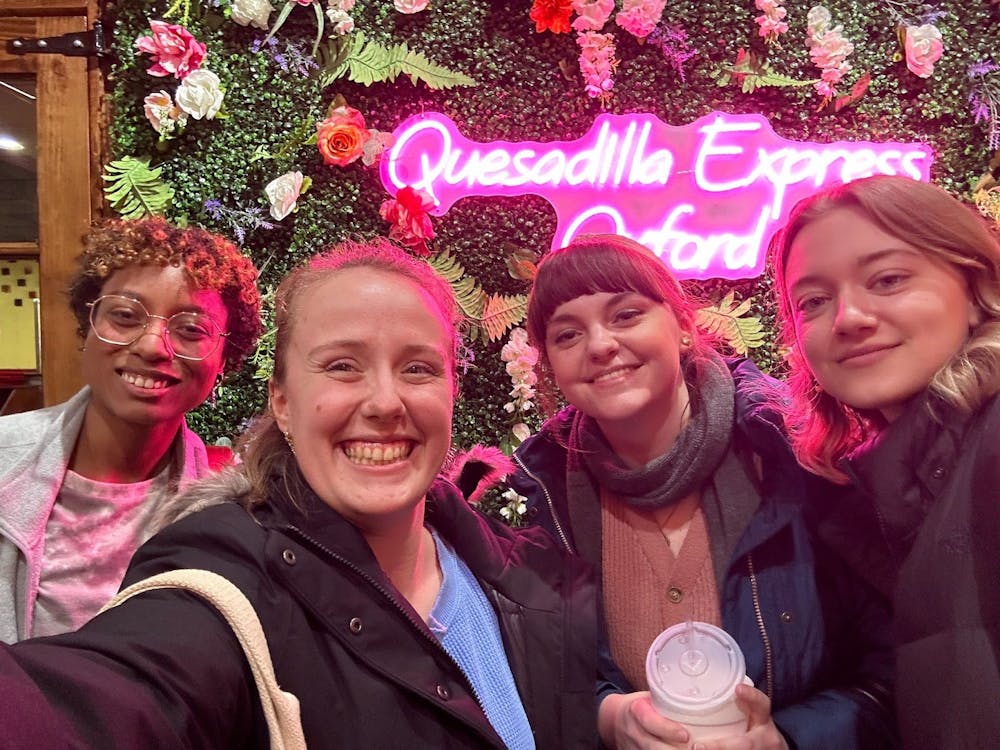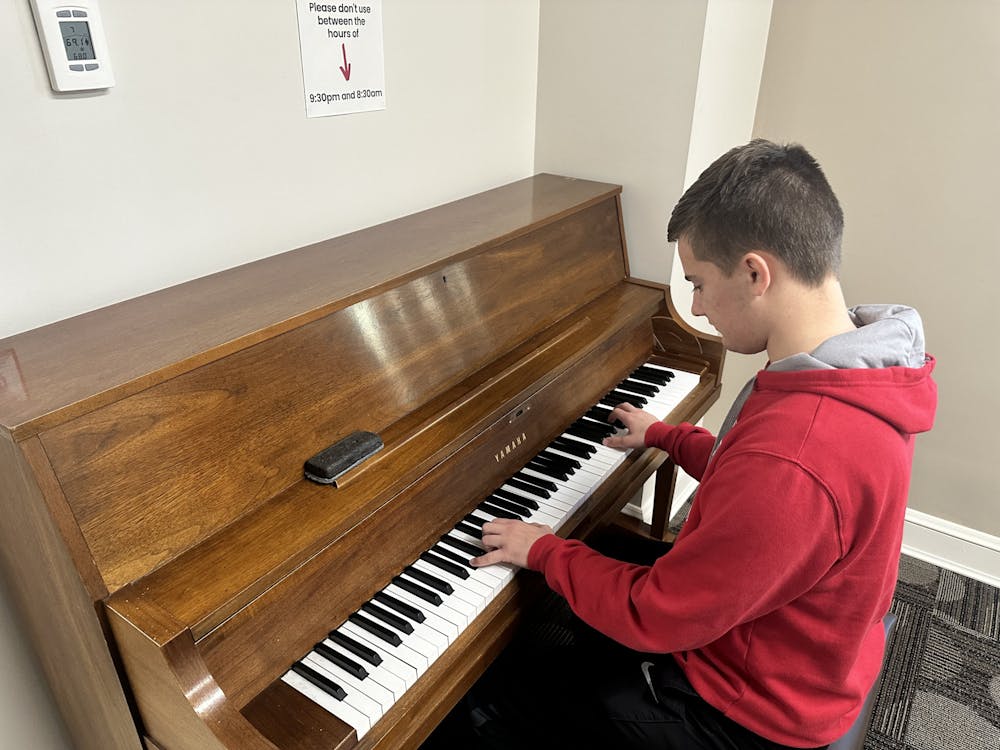When Briah Lumpkins arrived home from her first party of "Halloweekend," she was reeling from a mix of emotions. She was happy to have enjoyed the party, relieved to be inside, away from the crisp October night, but most of all, she was ready to get out of her costume and jump into her warm bed.
Upon passing her neighbor's door, Briah casually read the message displayed on their whiteboard. She always looked forward to reading their cute messages upon returning home, but tonight was completely different.
There, in black magic marker, read the words, "Have a good weekend!" with the word "N*GGER" scrawled sloppily underneath.
A paralyzing feeling slowly crept up Briah's spine, giving her whole body goosebumps. As the only black girl on her floor, Briah had a strong feeling this message was directed toward her.
In that moment, she felt utter disgust throughout her entire being.
This was not Briah's first experience with racism. Growing up in a predominantly white suburb of Toledo, she was no stranger to racial incidents. But for Briah, this time was different.
Before coming to Miami, she promised herself to forget the past and come in with an open mind. She knew that racism was a problem on campus, but she never thought she would experience it firsthand. It may have been naive, but Briah was truly shocked upon seeing the whiteboard.
After snapping from her shocked state, Briah took a picture of the whiteboard. She then alerted her Resident Assistant (RA) about the writing, who came up to see it for herself. After speaking with her RA, Briah was informed that her Resident Director (RD) was on his way up to assess the situation.
She slipped into her room for a few moments of solace before the RD arrived. As Briah glanced around the room, it looked almost foreign to her. This place she had called home for nearly three months suddenly felt like anything but. Her scan of the room landed upon her reflection, staring back at her from her small makeup mirror.
Looking into her own eyes, Briah began to cry. Not a loud, wailing cry - but one of silence. "What's wrong with me?" blared like a siren in her head.
Upon hearing a knock at her door, Briah quickly composed herself and entered the hallway. Her RA and RD both apologized profusely for the hateful language and offered to connect her to Student Counseling Services (SCS) to further discuss the racial harassment.
Briah was completely caught off guard. She couldn't even process her emotions, let alone discuss them with someone else. She politely declined their offer and returned to her room. She felt as if she was drowning in emotions and needed to decompress.
Enjoy what you're reading?
Signup for our newsletter
The next day, Briah's emotions were still scattered. It felt like a tornado had torn through her brain while she slept. A multitude of questions, thoughts and feelings swirled through her mind. Through all of the noise, one emotion rang through louder than all the others -- loneliness.
She did not know who she could trust, so she called the only people who she knew would always be on her side.
When her parents answered the phone, Briah struggled to keep in her emotions as she told them of the previous night's events. She was met with a response that black parents have been forced to tell their children generation after generation:
"This is not the first time something like this has happened, and sadly, it won't be the last."
Although it was tough love, Briah found comfort in speaking to her parents. Talking to people who shared her experiences made the loneliness fade, even if only a little.
After her phone call, Briah began to dig through the mountain of questions that formed in her mind. "Who wrote it?" "Why did they write it?" But, the question from the night before was still floating through her mind: "What's wrong with me?"
Briah could not help but blame herself. She had experienced racism in her hometown, but was looking forward to a fresh start in college. She came in with a brand new mindset, yet still got the same results. She could not help but think that maybe if she had been more social, or smiled more at her neighbors, maybe this would not have happened.
Briah also began to feel a strange sense of paranoia. She had experienced her first racist incident of her college experience, so what was to stop it from happening again? Who could she trust? Her inner paranoia spilled into her interactions with peers. She would constantly question people's motives and actions.
A week after the incident, building-wide corridor meetings were held throughout Brandon Hall.
After covering the initial incident with all the girls, Briah's RA opened the meeting to questions. This is when it all went downhill. The meeting turned from an uncomfortable retelling of a horrific event to a complaint hour about the noisiness of the corridor.
After the meeting, Briah felt just as she had at its start: disappointed. She had experienced racism first hand and the university's plan to fix it was to send her to counseling and repeatedly tell students that racism is wrong.
As she moves through the healing process, Briah is left with one question: How can a university that is so hell-bent on promoting diversity and inclusion refuse to have a serious discussion about race?
Note: The subject of this profile, Briah Lumpkins, works as a designer and contributing writer for The Miami Student.



